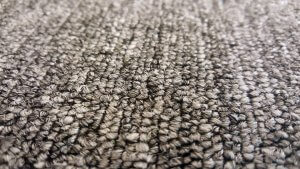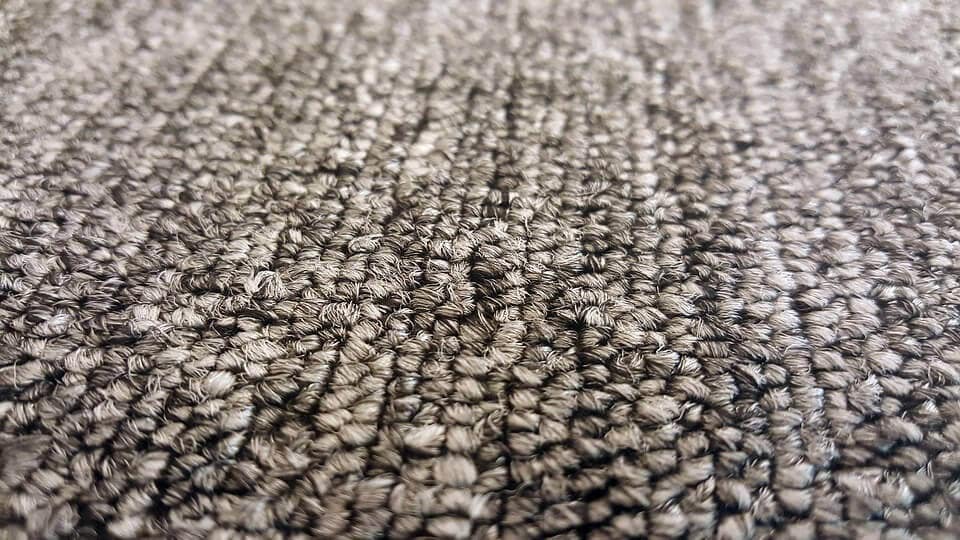 There are lots of choices when it comes to buying new carpet. Texture, durability, and price are probably close to the top of your list of criteria. Here we are going to talk about different types of carpet fibers available and how they measure up in each of these categories.
There are lots of choices when it comes to buying new carpet. Texture, durability, and price are probably close to the top of your list of criteria. Here we are going to talk about different types of carpet fibers available and how they measure up in each of these categories.
First, we need to split carpet fibers into two bulk categories: natural and synthetic.
Natural Fibers
Natural fibers make up a very small percentage of carpets today, though they are often found in area rugs. The eco-friendly aspect of natural fibers makes it an attractive choice in today’s increasingly plastic age and natural fibers are often considered to be the elite fiber available. Wool is effectively the only natural fiber used in broadloom (wall-to-wall) carpeting.
Wool
Pros: These carpets have a soft and rich feel that makes it a joy to walk barefoot in the house. Wool fibers are also extremely durable and will easily hold up to heavy foot traffic. As an added bonus, wool is naturally fire resistant and considered self-extinguishing.
Cons: As a premium carpet, wool tends to be significantly more expensive than its synthetic counterparts. It is also very difficult to clean, usually requiring professional treatment, making it a less than ideal choice if you have small children or pets. Finally, wool can retain a lot of water, making it susceptible to mold and mildew.
Synthetic Fibers
Synthetic fibers are made with a variety of chemical compounds and are found in the vast majority of carpets today. They tend to be significantly more stain resistant than natural fibers and are much simpler to maintain. Synthetic fibers are also considerably less expensive than wool. Nylon, Polyester, and Polypropylene (olefin) are the three most common types of synthetic fibers.
Nylon
Pros: Nylon is the most durable synthetic fiber available. It is highly resistant to wear, crushing (furniture indents), and abrasion, making it ideal for high-traffic areas. In addition to being easy to clean, nylon can also be revived by a steam treatment to help keep it looking like new.
Cons: The texture varies significantly depending on the quality of fiber. Sometimes, choosing a softer nylon means sacrificing a little of its durability.
Polyester
Pros: Polyester is one of the softest options for synthetic fibers and is available in deep, vibrant, fade-resistant colors. Like other synthetic fibers, polyester is easy to clean and maintain. It is also one of the least expensive fibers to make and is usually budget friendly.
Cons: Unfortunately, polyester mats down quickly, showing footprints and other markings. Once polyester fibers are crushed, they do not spring back into their original position. This means that it really isn’t suitable for high traffic area and will need to be replaced sooner.
Polypropylene (Olefin)
Pros: Often used as a substitute for wool, polypropylene is very soft. It is tough and stain resistant, making it a popular choice for Berber carpets.
Cons: It might be stain resistant, but it is difficult to keep it looking clean. Polypropylene tends to retain oil (like the oil on your skin) which holds on to dirt which may make the carpet look dingy.
Each of these fibers has their own strengths and weaknesses. Ultimately you have to decide what works best for you, your lifestyle, and your budget. If you have any questions or are ready to see some spectacular samples, give us a call at (703) 369-1600! Our expert staff at Unique Carpet and Floor Inc. are happy to help in any way they can.

